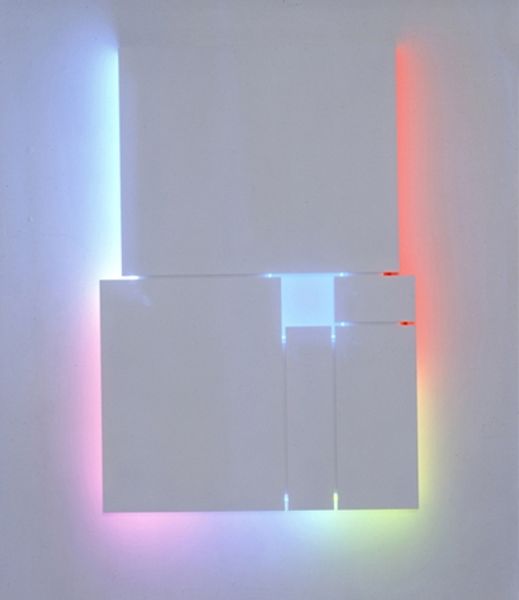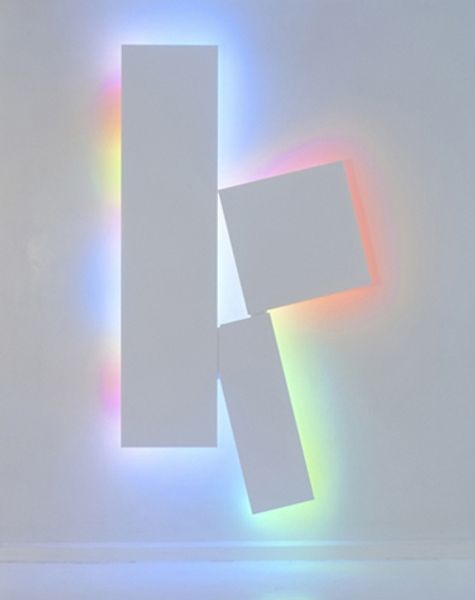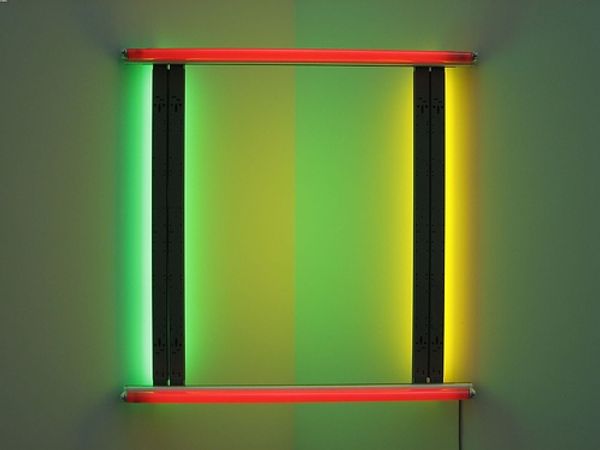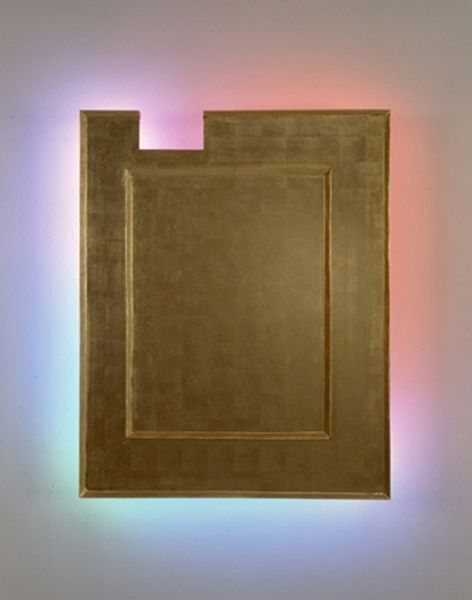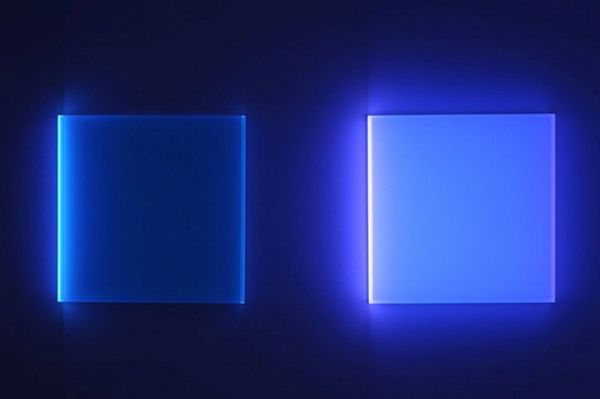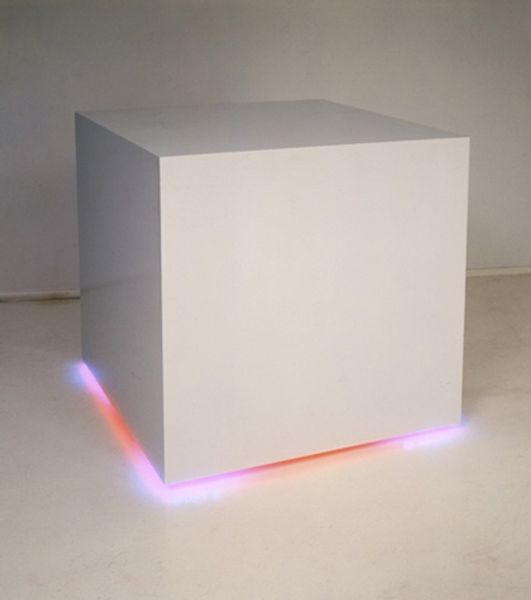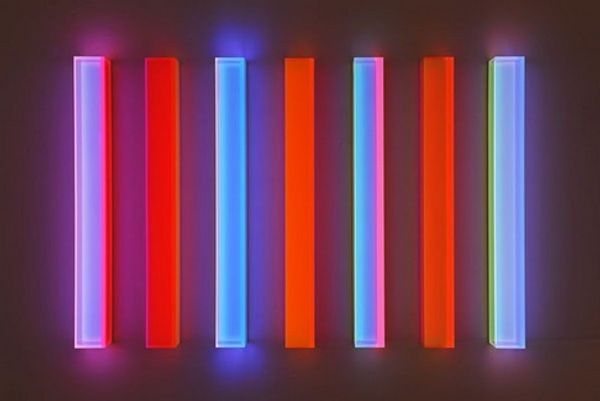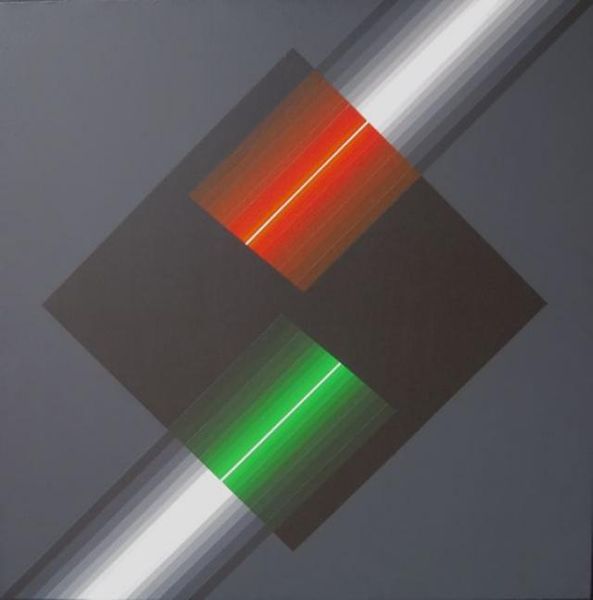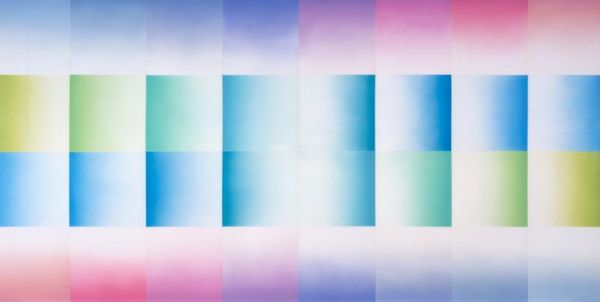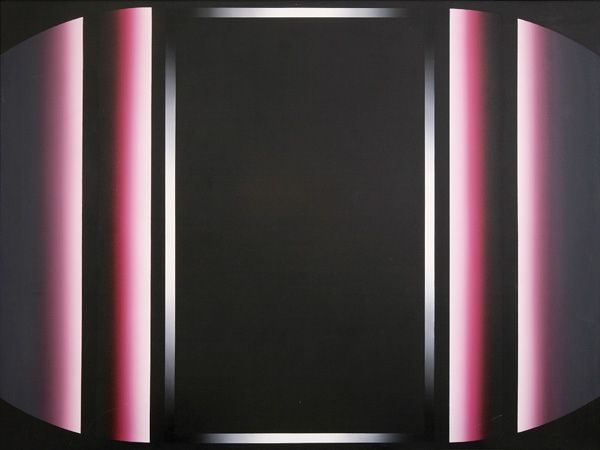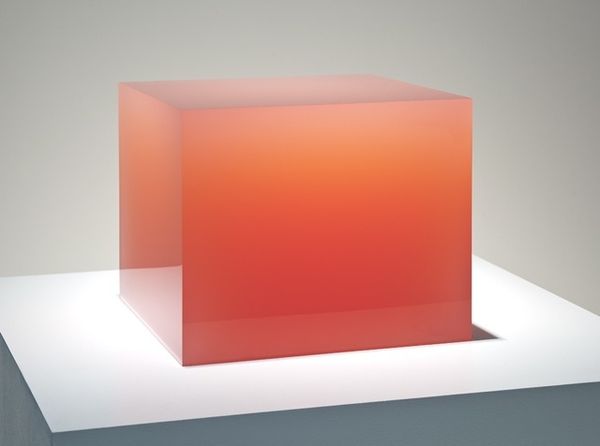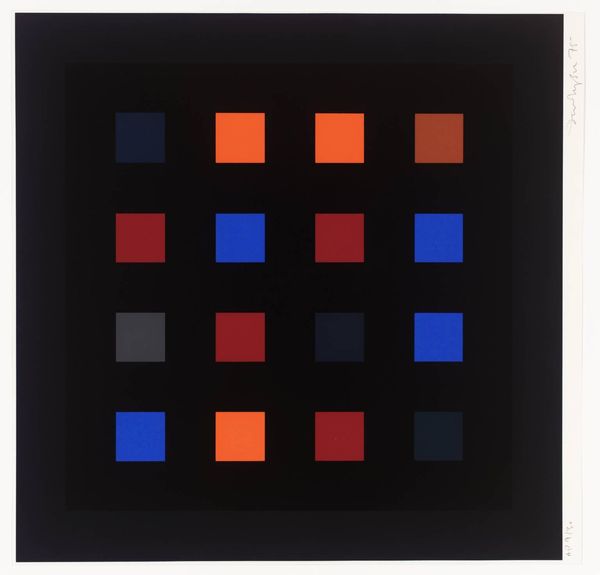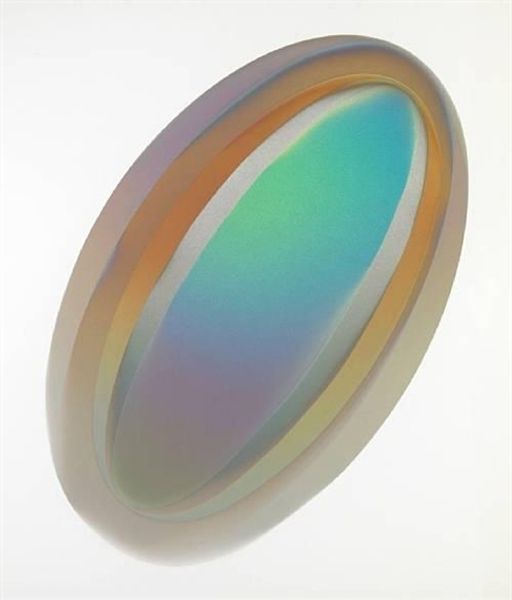
installation-art
#
light-and-space
#
glowing
#
sky
#
contemporary
#
colour gradient
#
gradient colours
#
ethereal
#
light trace
#
minimal typography
#
minimal colours
#
rectangle
#
colour light
#
geometric
#
chromatic
#
bright pastel
#
installation-art
#
abstraction
#
digital-art
Copyright: Stephen Antonakos,Fair Use
Editor: This is Stephen Antonakos's "Saint Anthony" from 1996, a light installation that features a central rectangle framed by neon light. It's remarkably ethereal, almost like a portal. How do you interpret the use of such a simple geometric form, paired with that title? Curator: The title immediately raises a tension, doesn't it? “Saint Anthony” evokes centuries of religious imagery, often tied to suffering and devotion, but Antonakos gives us pure abstraction, rendered in commercial neon. What's the impact of this pairing, do you think, on public reception? Editor: It feels intentionally subversive. Is he commenting on the commercialization of spirituality, or maybe the way technology mediates our understanding of… everything, even faith? Curator: Precisely! Think about the context of the 1990s: the rise of digital culture, increasing secularization, and the art world's ongoing dialogue with minimalism and postmodernism. Neon, as a distinctly modern, mass-produced material, inherently brings those associations with it. Does that make the viewer question the nature of belief itself? Is he modernizing the portrayal of Saint Anthony, like a halo made out of industrial material? Editor: That makes so much sense. It's not about direct religious symbolism, but the intersection of faith, technology, and how we perceive light itself – maybe a secular reverence, something meditative. Curator: Yes. Antonakos frequently employed neon in public spaces. In what ways does bringing an object resembling a church icon into public space open new interpretations about accessibility to devotion in contemporary life? Editor: It's a fascinating thought – bringing the sacred into the everyday, questioning where we find meaning now. I didn't see that connection at first! Curator: Art changes over time and context. The conversation matters more than one interpretation. It reflects social changes, artistic experimentation, and that relationship will keep evolving.
Comments
No comments
Be the first to comment and join the conversation on the ultimate creative platform.
